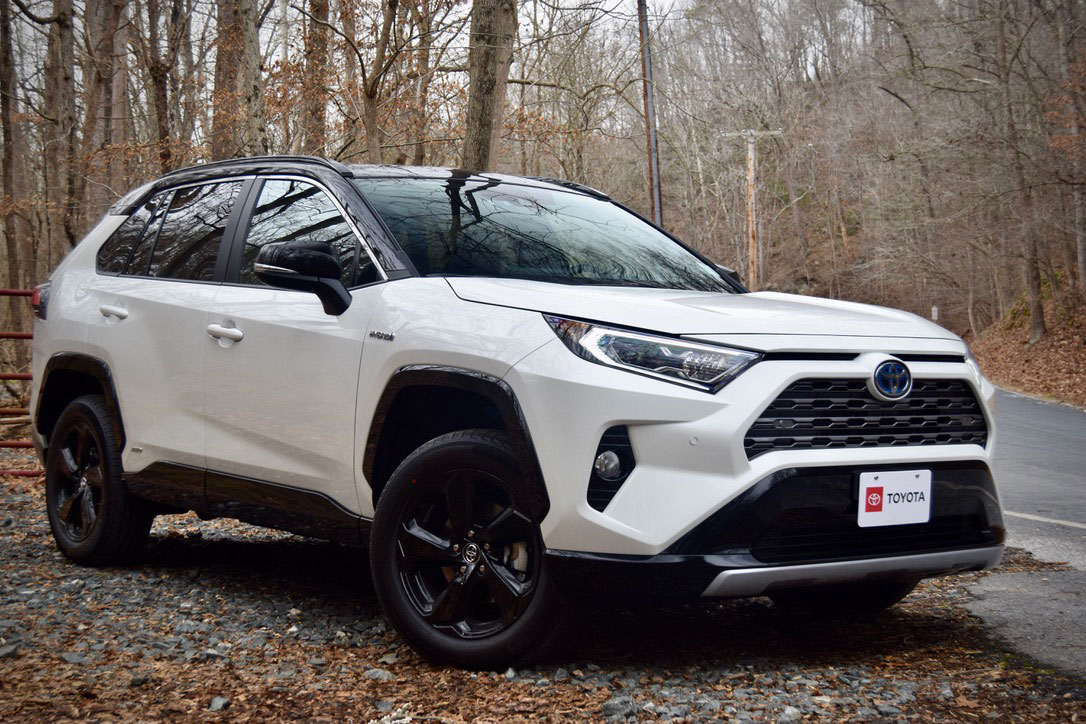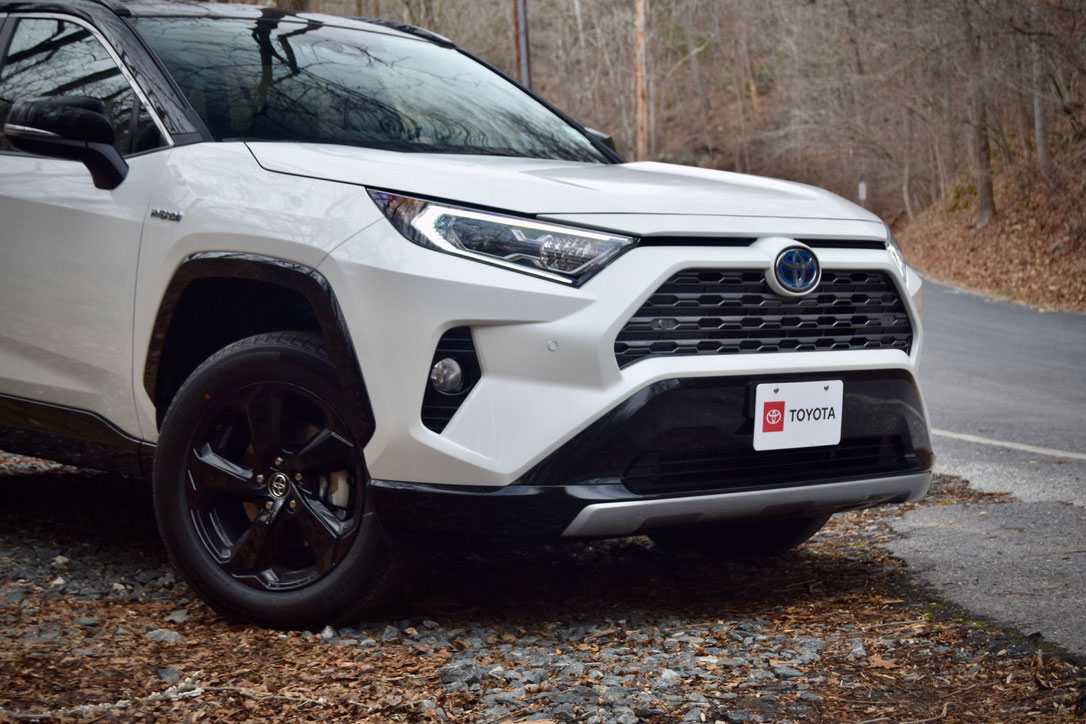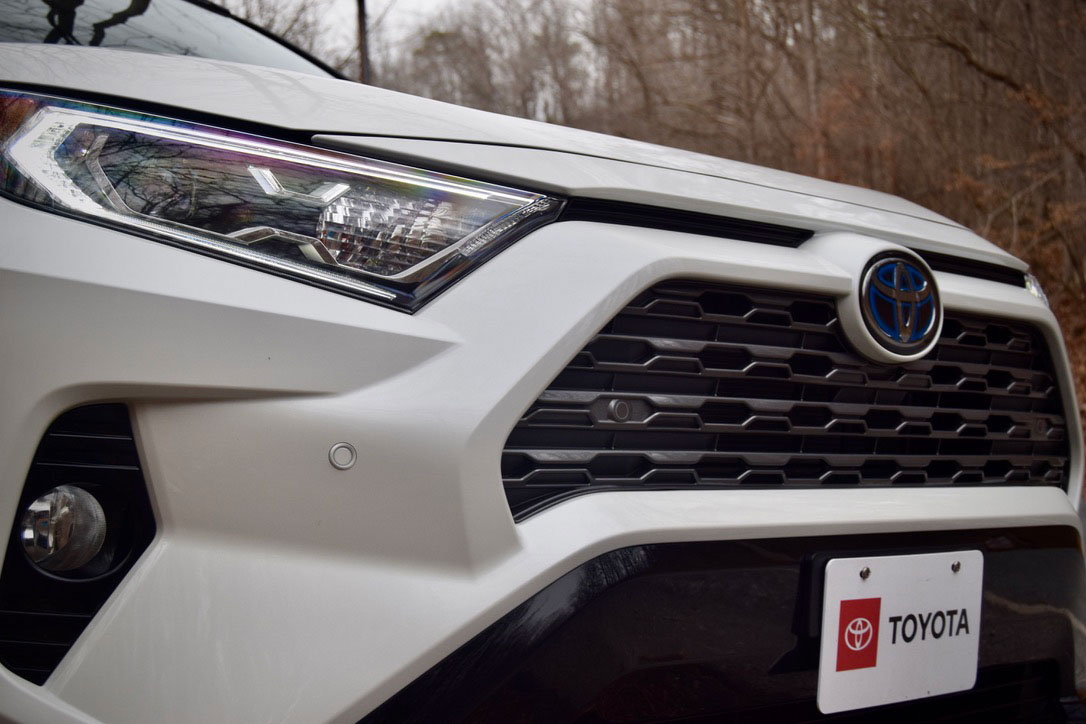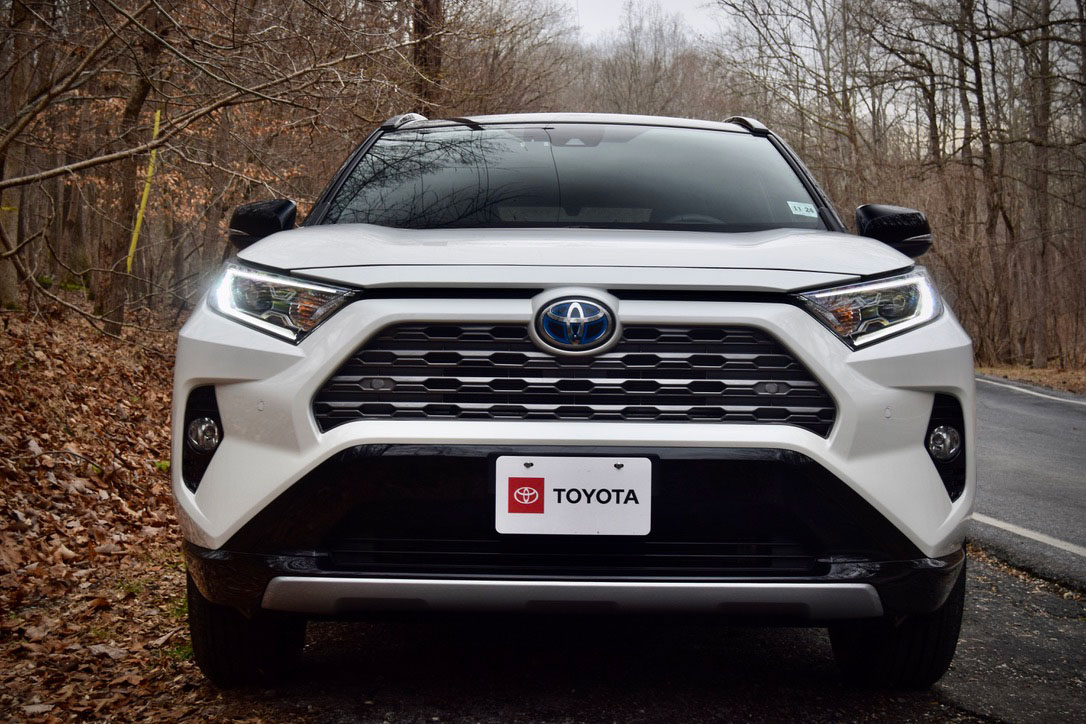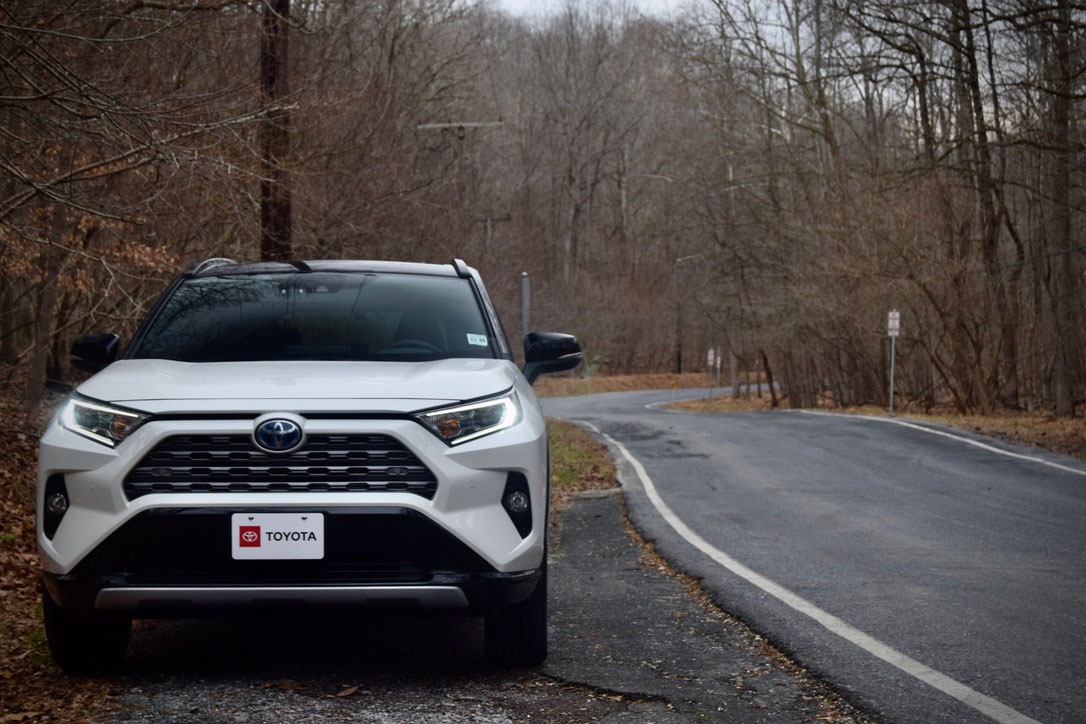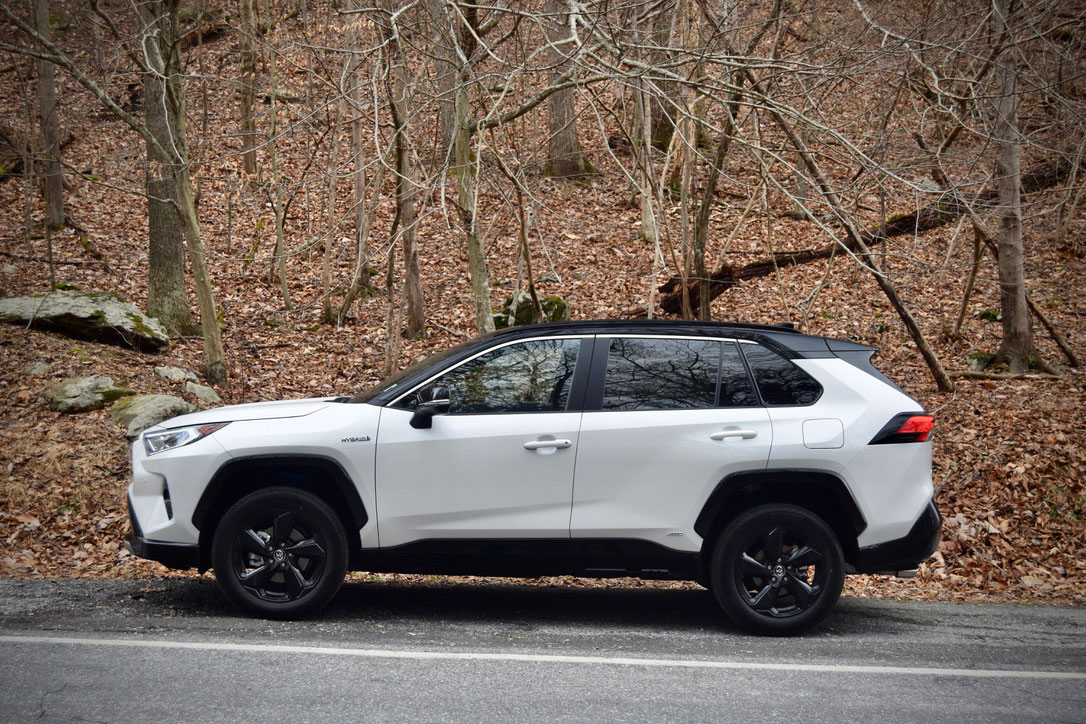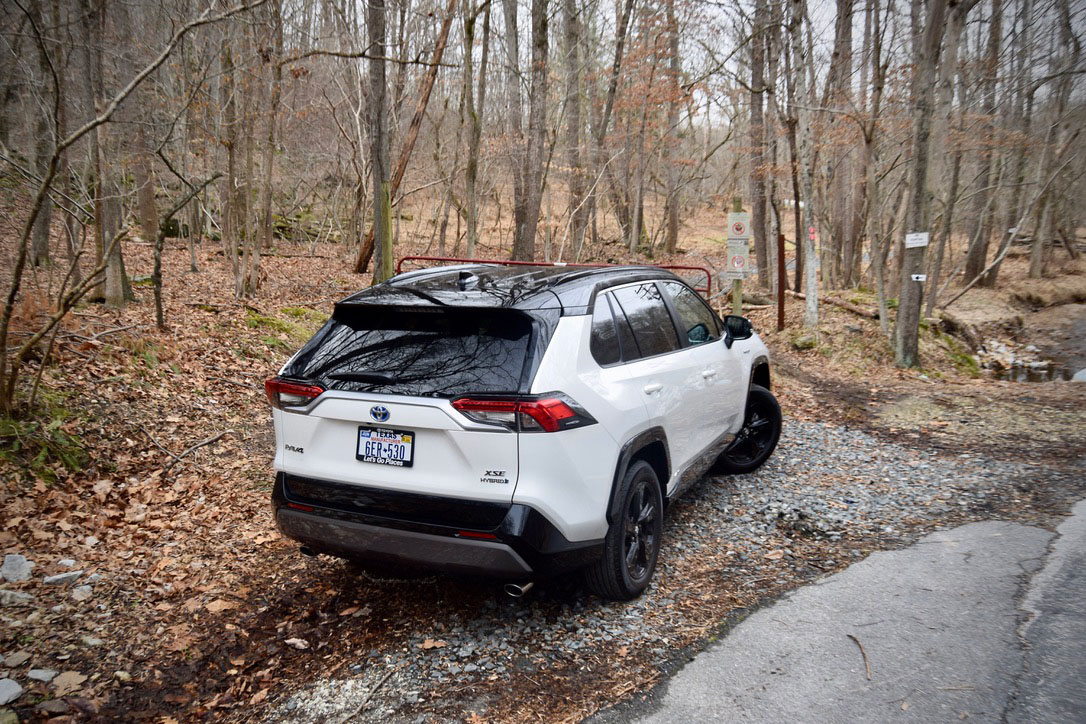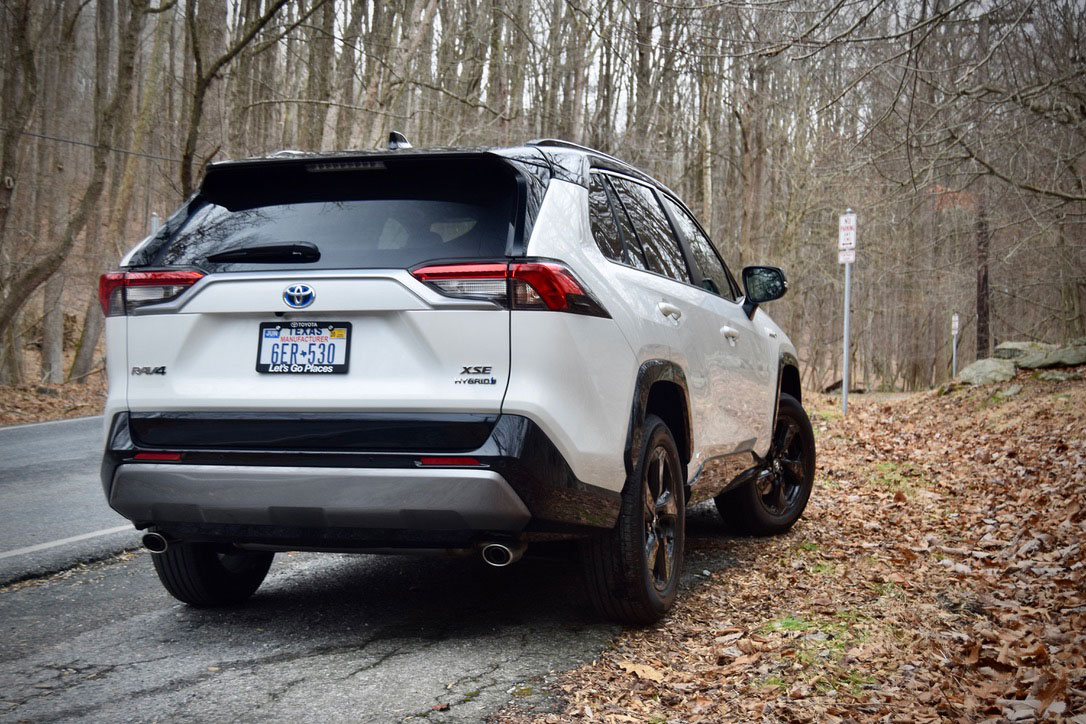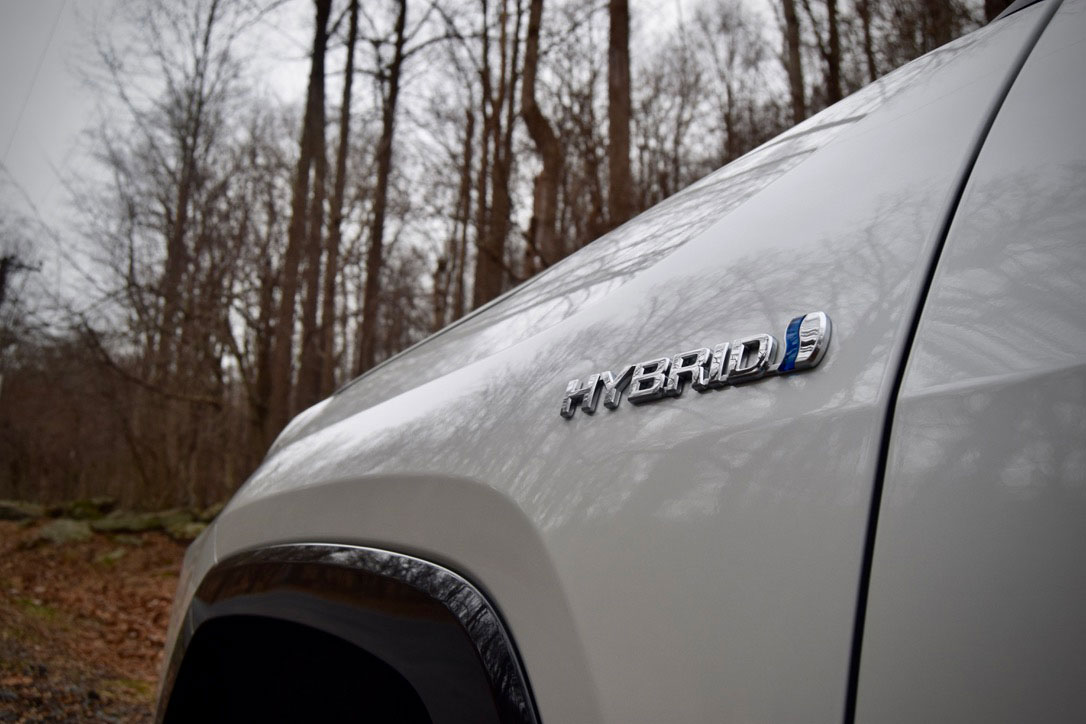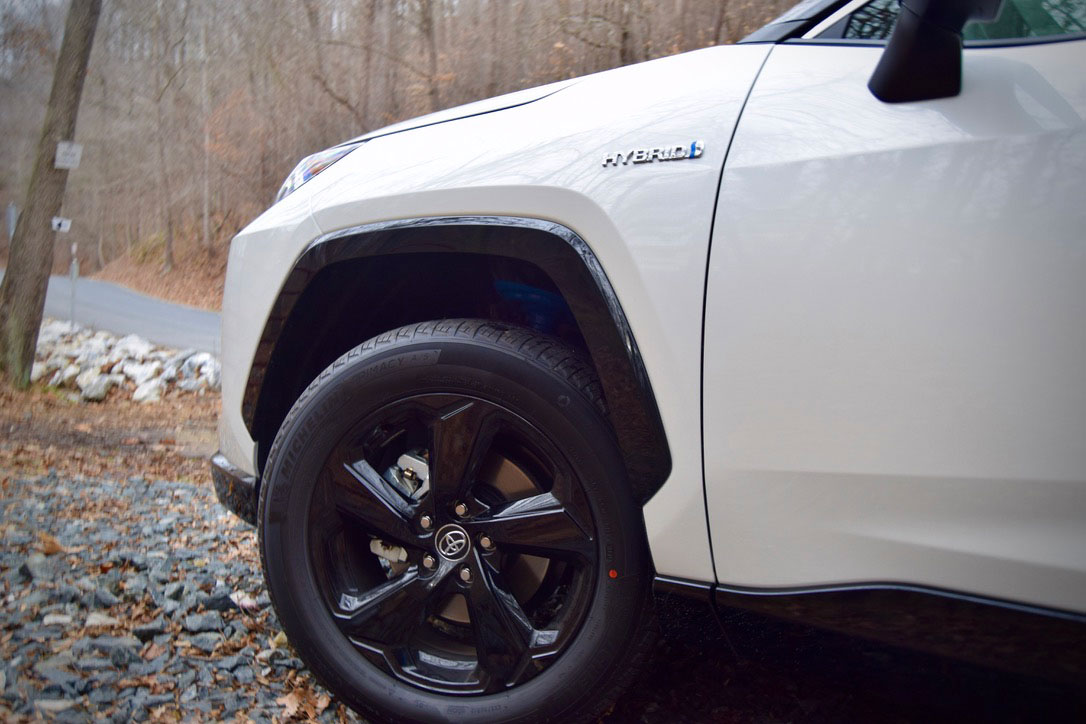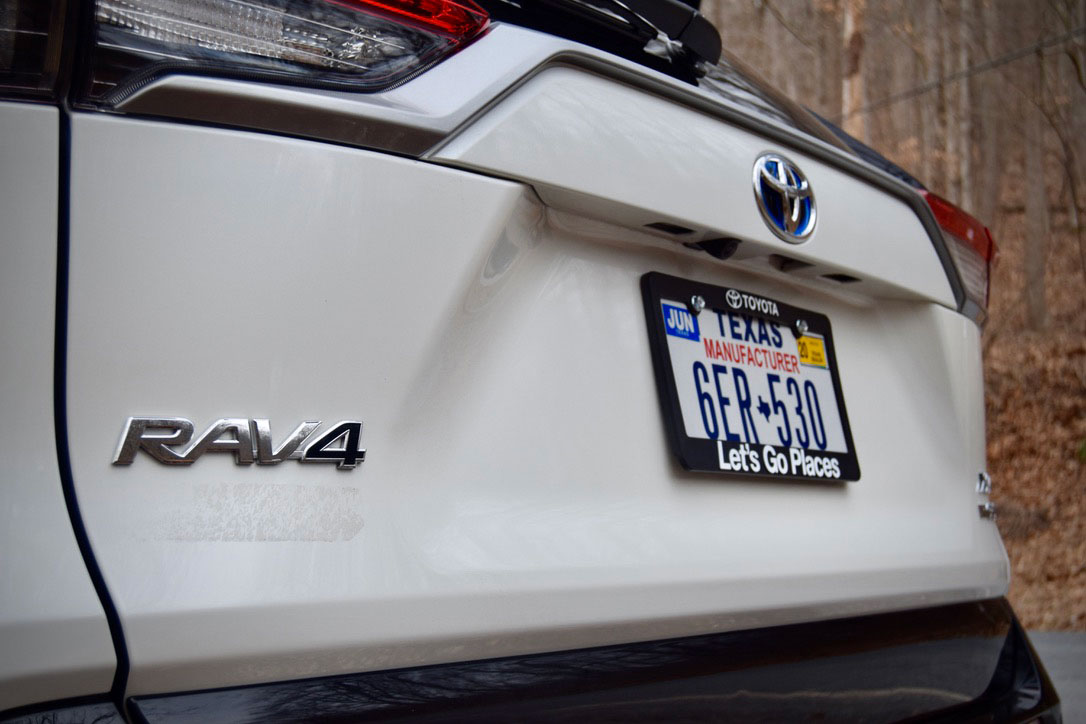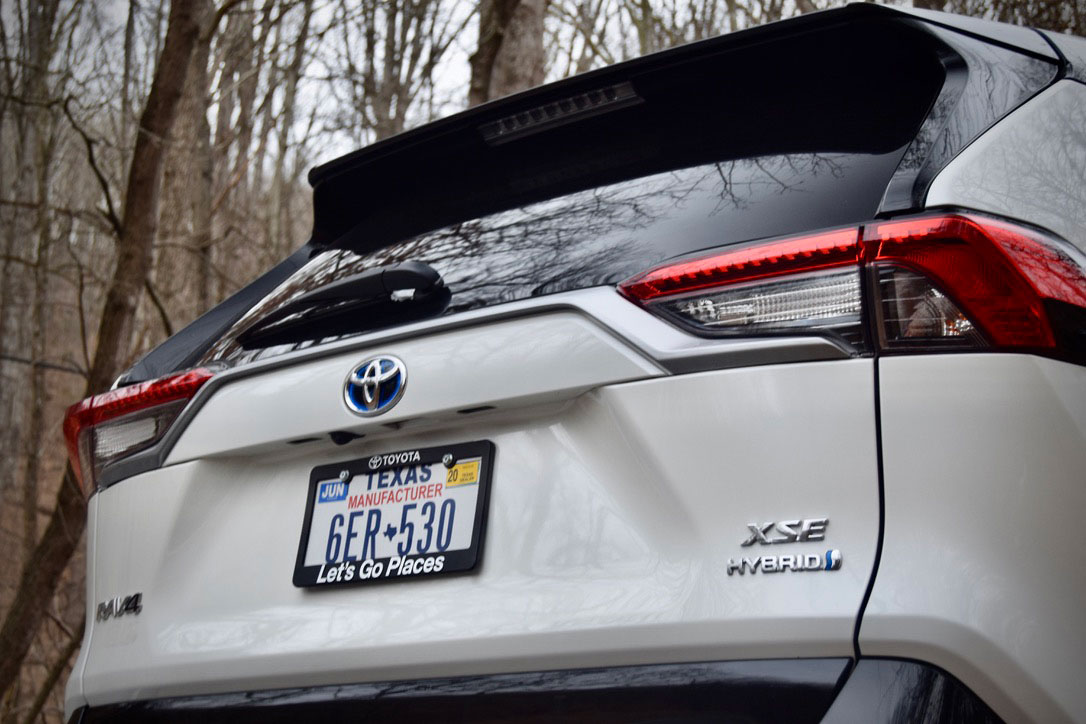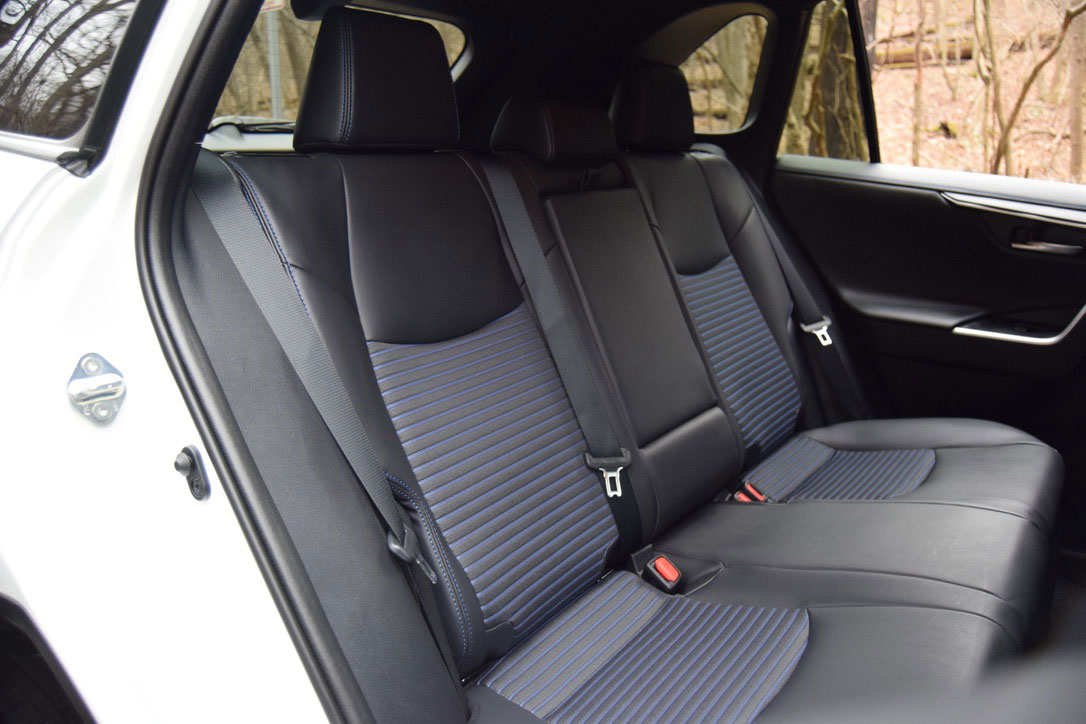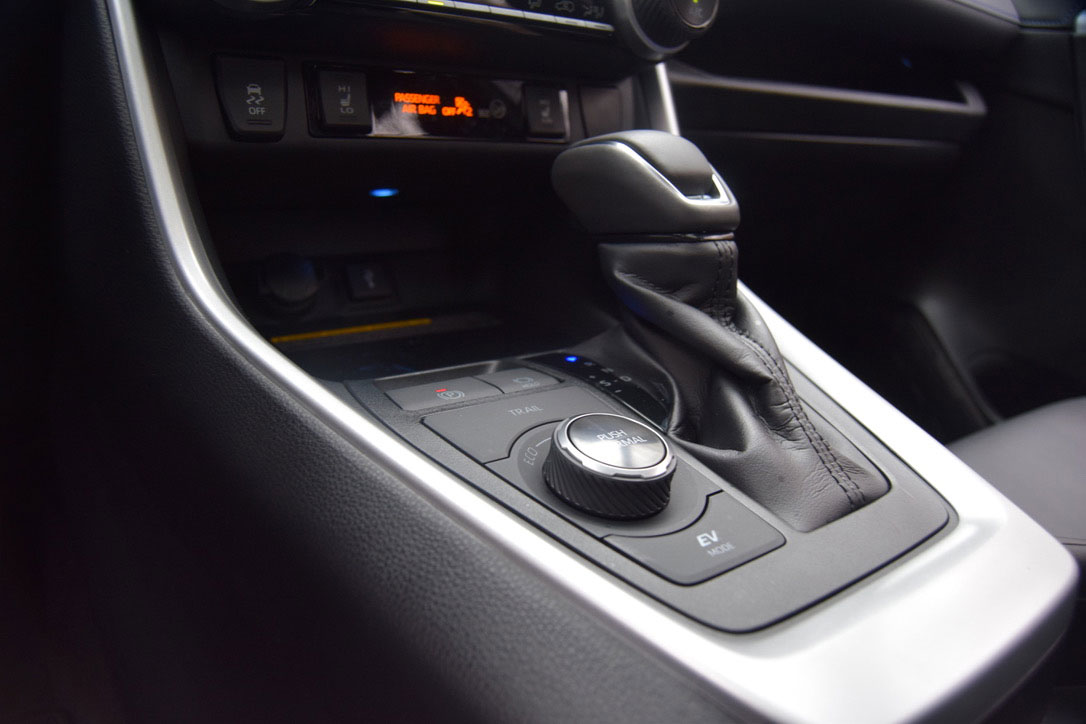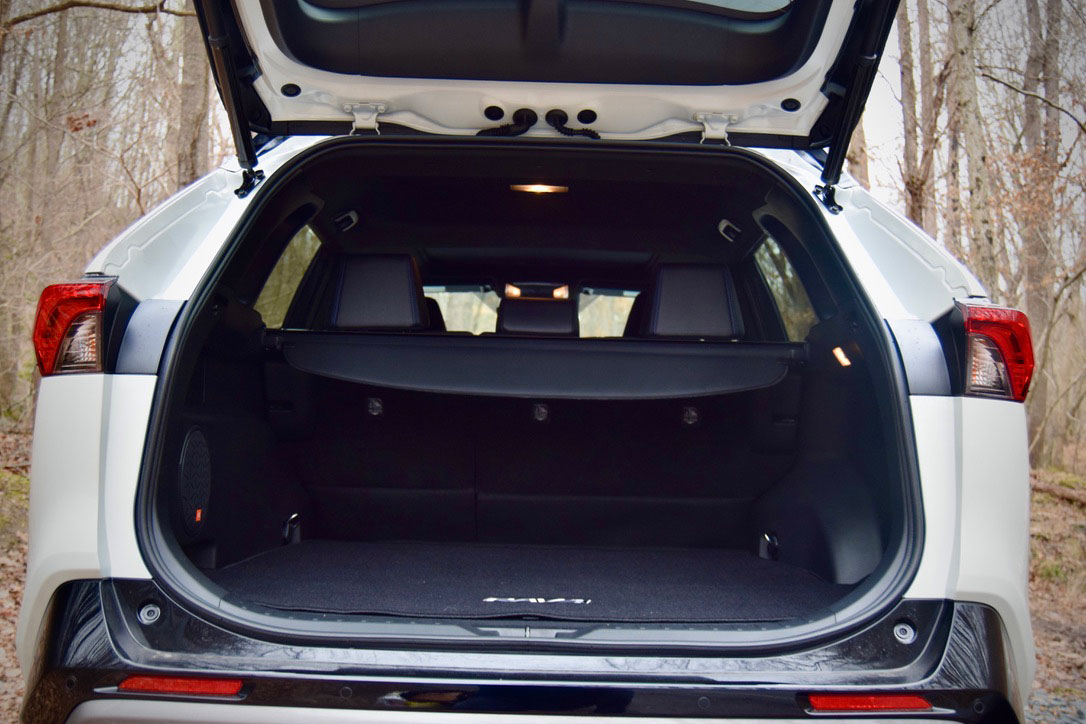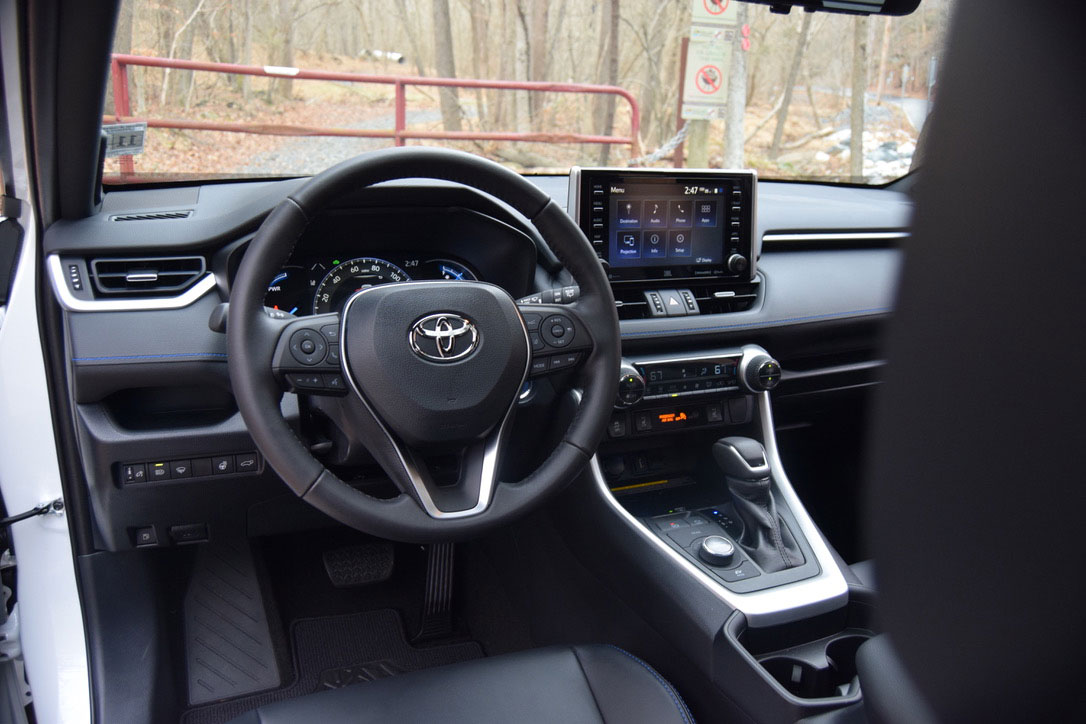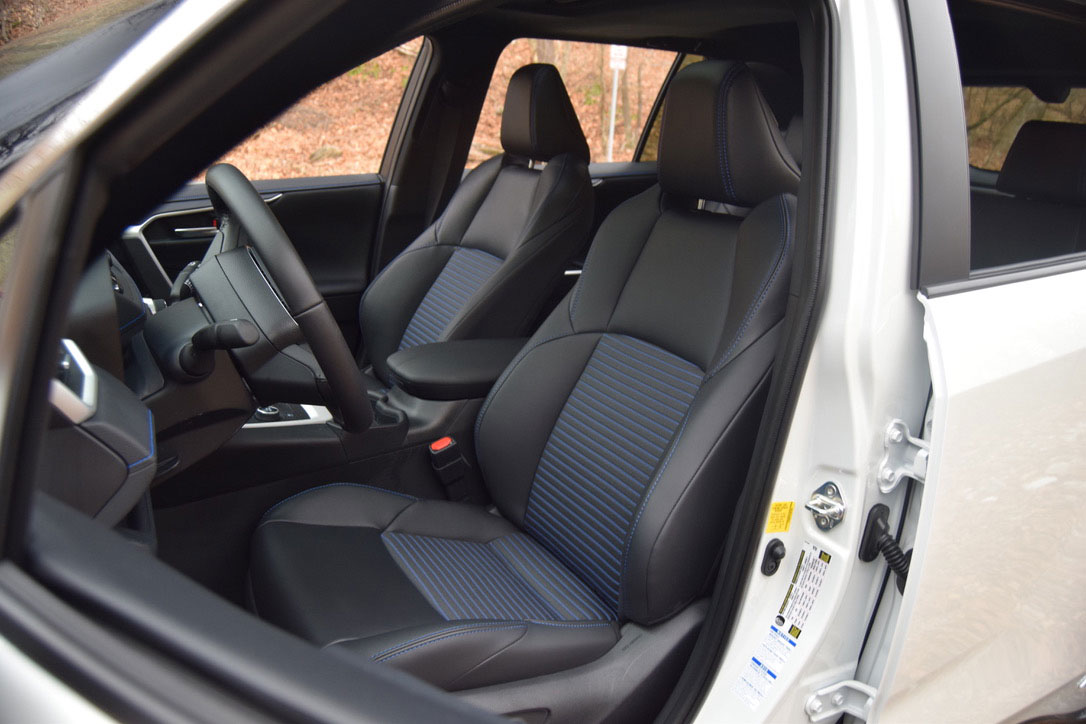If you purchased a hybrid, there was usually one factor that far outweighed everything else: Fuel economy. Design, features, versatility, all of these take a backseat when you opt for a hybrid because engineers and designers decided that it was best to extract every ounce of energy out of the powertrain instead of focusing on the other stuff. It’s where your money was going.
As a result, only recently have automakers found a way to design hybrid sedans with fold-flat rear seats (good luck fitting that medium-sized personal fridge from Home Depot in the trunk of an older sedan with a hybrid powertrain). Luckily, you can also get your hands on a hybrid SUV, which fixes the issue of versatility, but even those make compromises in the same areas, coming with less cargo space, less power, and funky styling that’s meant to help the options stand out more than a bumper sticker that says, “I’m doing my part.”
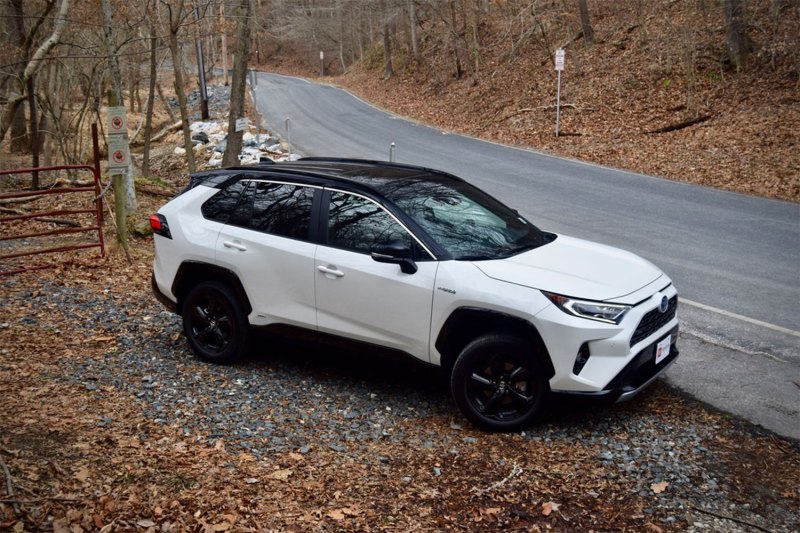
Obviously, so long as the fuel economy was impressive, these things haen’t been areas that detered consumers, but were more like annoyances. Leave it to Toyota, the arguable leader in the world of hybrids, to finally make a hybrid that not only doesn’t require any compromise, but is a better overall option than the non-hybrid model. No, we’re not talking about the Toyota Prius here, but the RAV4 Hybrid.
The Prius may have come well before the RAV4 Hybrid, but it’s the electrified SUV that claims dominance in the sales category. It doesn’t take long to see why: The RAV4 Hybrid has something other hybrids lack, an immediate cool factor that comes from the design. This has a lot to do with the trim Toyota had in the fleet, which was an XSE Hybrid — the sportier one in the family with 18-inch black wheels, a two-tone paint job, and black trim pieces that hug the body in a manner that doesn’t look like an afterthought. The XSE Hybrid doesn’t look like any other hybrid SUV we’ve seen before.
Surprisingly, it’s a good-looking machine. When’s the last time someone could say that about a regular hybrid? I’m not the only one that feels this way. Before heading out to take photos of the SUV, a stranger came up to me to ask if the SUV was a Land Rover. No, it’s not, but it could be mistaken for one, especially in the white and black color scheme.
Clearly, the RAV4 Hybrid appeals to urbanites. But what about adventure-loving folks that visit state parks for relaxing hikes? Ehh, not so much. A quick 30-minute jaunt to one of Maryland’s many state parks reveals that those that enjoy the great outdoors still prefer simpler vehicles — the Toyota 4Runners, Jeep Wranglers, Subaru Outbacks, and Ford F-150s of the world.
Their loss, because the RAV4 Hybrid is worth a look for more than just people that want good fuel economy. It’s plenty spacious, not losing any cargo capacity from the regular RAV4, meaning you’ll be able to carry four full adults, your furry companion, and some equipment for an impromptu hike.
The RAV4 Hybrid doesn’t just fix the ever-present issue of versatility, but performance, too. With a 2.4-liter four-cylinder engine and an electric motor, the RAV4 Hybrid makes a combined 219 horsepower – or 16 more horsepower than the regular RAV4. That’s nothing to brag to your buddies about, but having more power never hurts. With the extra power, standard all-wheel-drive system, and the instant juice from the electric motor, the hybrid SUV’s got pep that somehow makes it feel plenty quick.
The XSE trim also comes with a sport-tuned suspension to match its athletic design. But sporty isn’t what the RAV4 Hybrid does best: The SUV boasts class-leading fuel economy of 40 mpg combined. We hardly drove in a manner befitting the RAV4 Hybrid’s strengths, but still managed to pull off a combined rating of 37.4 mpg.
Looks, fuel economy, interior space, the RAV4 Hybrid excels in these areas. If the RAV4 Hybrid has an Achilles heel it’s the cabin. Dark, colorless, and noisy, it was hard for us to get comfortable for any period, and our little pitbull Boh felt the same.
The lack of color would be easy to overlook if things were more comfortable for those in the front, but that’s not the case. The seats are stiff, the front passenger sits so high up compared to the driver that it looks like he or she is sitting atop a treehouse, and, because of the odd seating position for the front passenger, the headliner suddenly becomes intrusive. These are, by no means, make-it-or-break-it concerns for consumers, but just nuisances. The real annoyance is road noise.
At highway speeds, so much road, wind, and tire noise enter the RAV4 Hybrid’s cabin that you’ll have a hard time talking to your passenger. This isn’t an isolated issue to just the RAV4 Hybrid, but one that affects quite a few Toyotas. On an 80-mile round-trip journey down 95 to Washington, D.C., my wife actually asked me if one of the SUV’s doors was open, that’s how loud it was.
Despite these hiccups, the RAV4 Hybrid isn’t just a good SUV, it’s the option to get in the RAV4 family. How can you say no to better fuel economy, better performance, and the same amount of utility for an extra $2,400? I don’t drink coffee, I’m more of a tea person, so I can’t tell you to stop drinking the brown juice every day to afford the electric powertrain, but $46 is my weekly allowance for tasty pastries. Pocketing that money would probably make my wife happy, my doctor sleep a little better, and give me the opportunity to stop hassling the lady at our neighborhood bakery to give me the largest cannoli. Oh yeah, it will also help me afford the RAV4 Hybrid, which could be the best hybrid SUV on the market at the moment.
